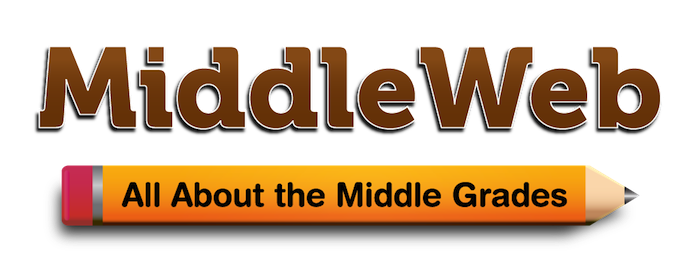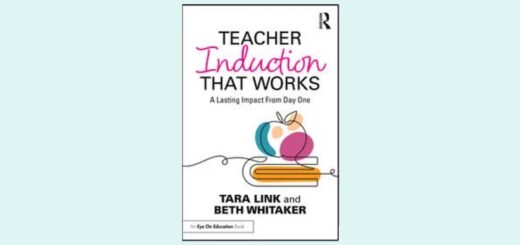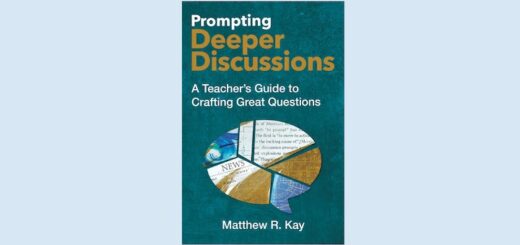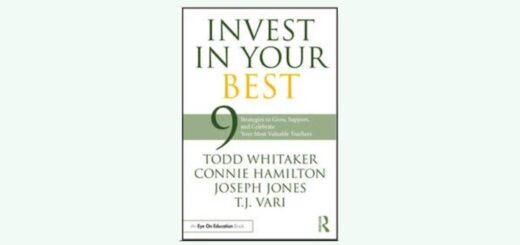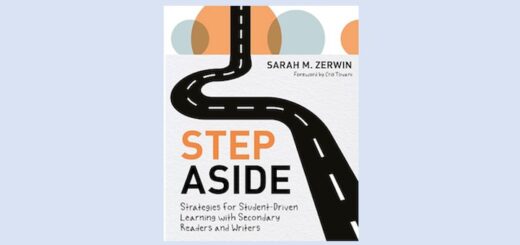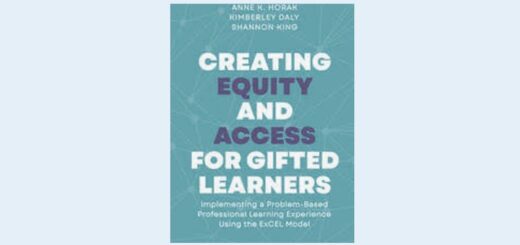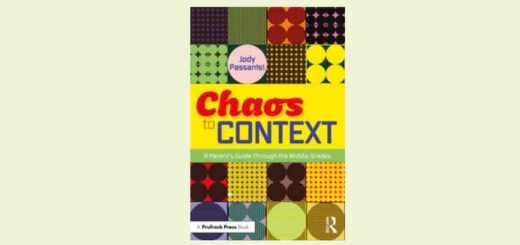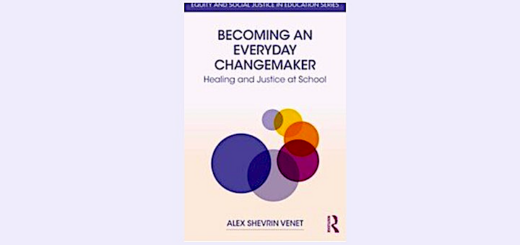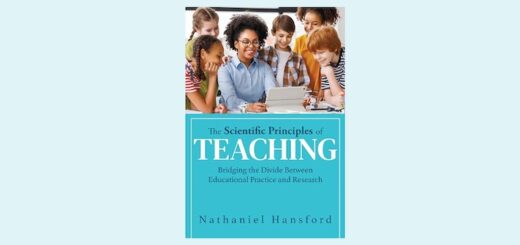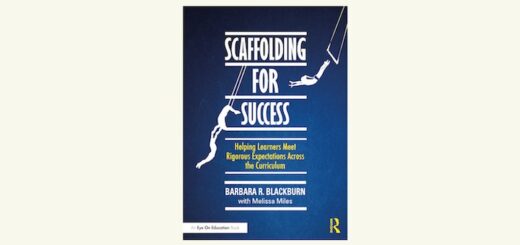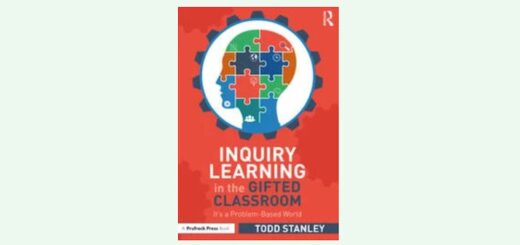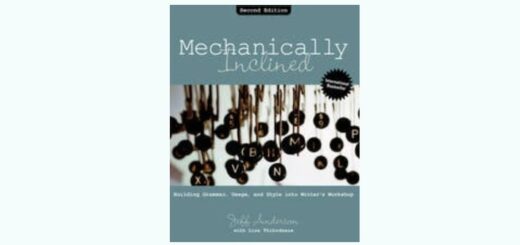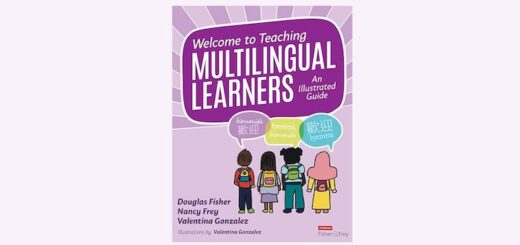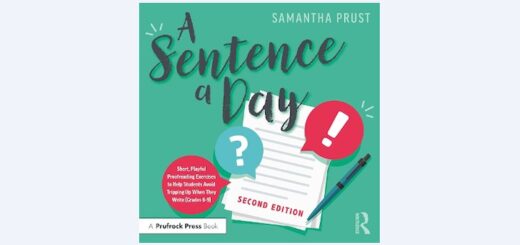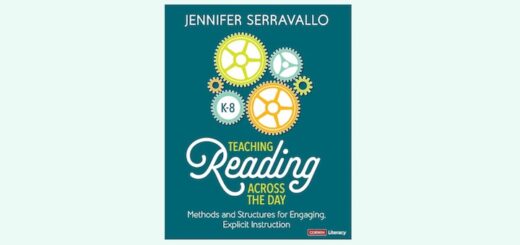Teaching and learning in grades 4-8
The activities in Lisa Morris’ book on teaching ELA with the CCSS in grades 2-5 are easily adapted for each level, including middle grades 4&5. Reviewer Linda Biondi also liked the extensive mentor texts and came away with oodles of lesson ideas.
Rubrics are important tools, says author and veteran MS educator Elyse Scott, but teachers need a more whole-student approach to formative assessment and feedback — one that attends “to that most basic need of young adolescents: one-on-one communication.”
Kevin Hodgson’s sixth graders are fresh off a research-based essay writing project. He describes the process they followed to choose their topics, use Google Research, manage citations, avoid plagiarism, include media, and pursue an optional extension project.
Differentiation in Middle & High School: Strategies to Engage All Learners is designed to be used! No matter one’s level of experience with differentiation, this book offers classroom-tested strategies that can be easily implemented to engage all students.
Remember AAA’s Triptiks – the travel resource kits put together for members? If so, you have some inkling of consultant Mike Fisher’s idea to rev up mid-grades curriculum across content areas by having students create their own project-specific learning journeys.
When U.S. history teachers Jody Passanisi and Shara Peters celebrate Presidents’ Day, all 43 presidents are featured. Eighth graders research and assume the identity of an assigned president, then campaign in costume for reelection among 6th & 7th grade “voters.”
In The Genius Hour Guidebook Denise Krebs and Gallit Zvi make the case for sharing Genius Hour with your students, explaining why it works and how to bring it alive for your classes. Educator Sandy Wisneski says the easy read is packed with resources.
Connecting Your Students with the World encourages teachers to step out of their comfort zones and incorporate do-able collaborative online projects to improve communications and encourage both student and teacher creativity, says MS educator Jennifer Wirtz.
For Elizabeth Stein, the foundation that undergirds successful classrooms is student engagement. How do teachers measure the depth of their engagement and reinforce it? Stein shares ideas and resources about curiosity-building, effective feedback and more.
STEM courses don’t belong in silos. Anne Jolly recommends bringing science, technology, engineering and math together in class to help students understand how the disciplines work together in the real world. She includes questions to pose about your STEM program.
